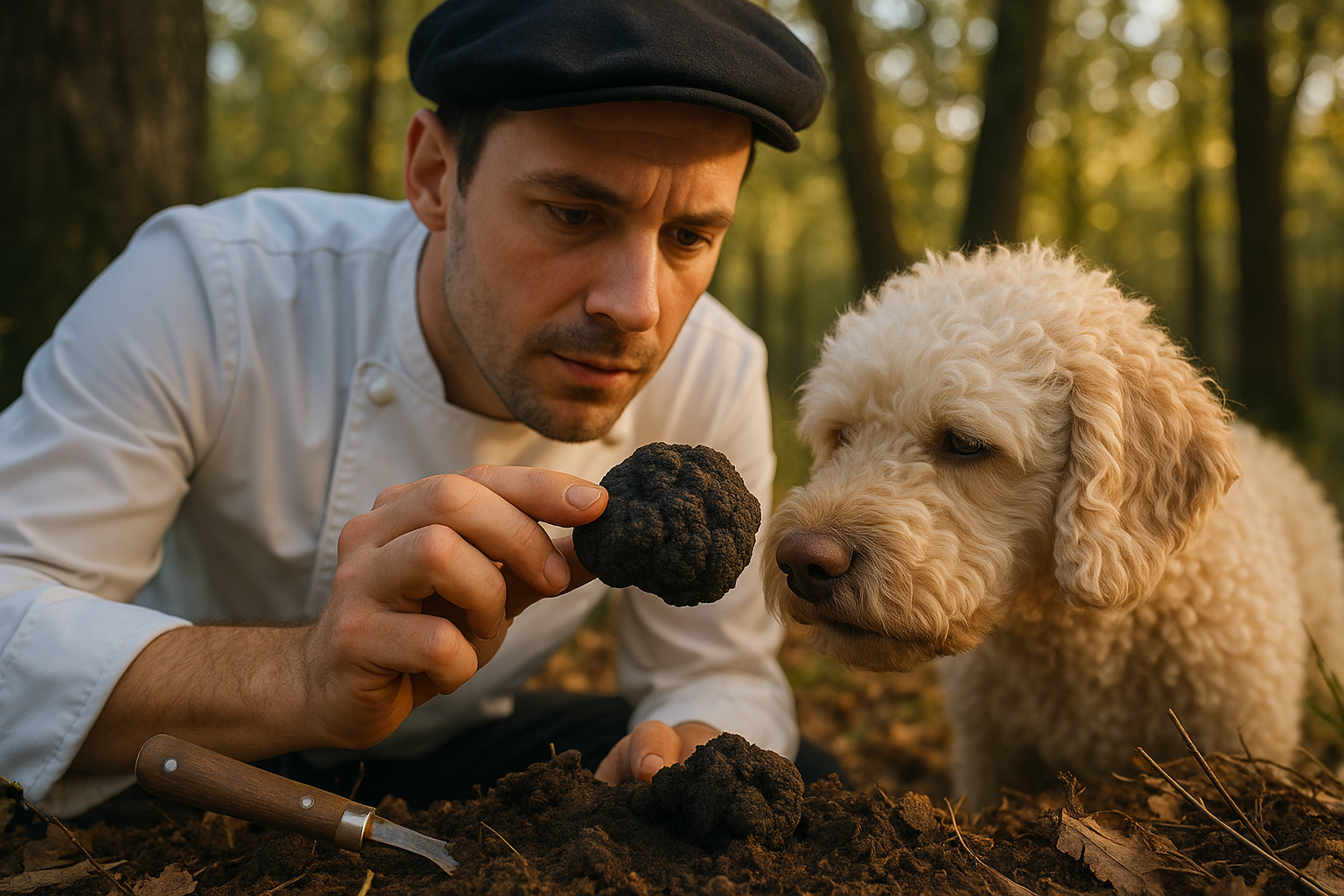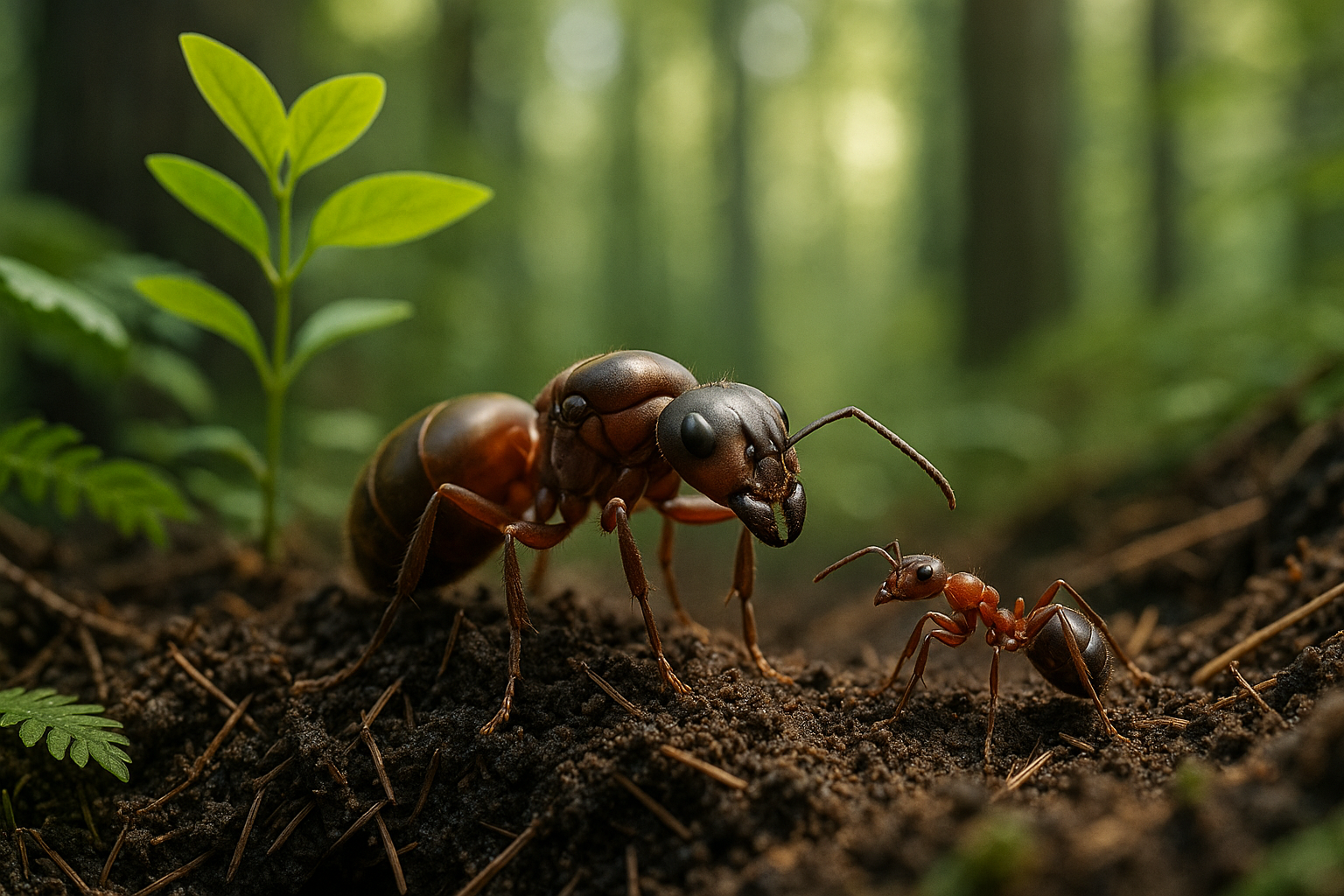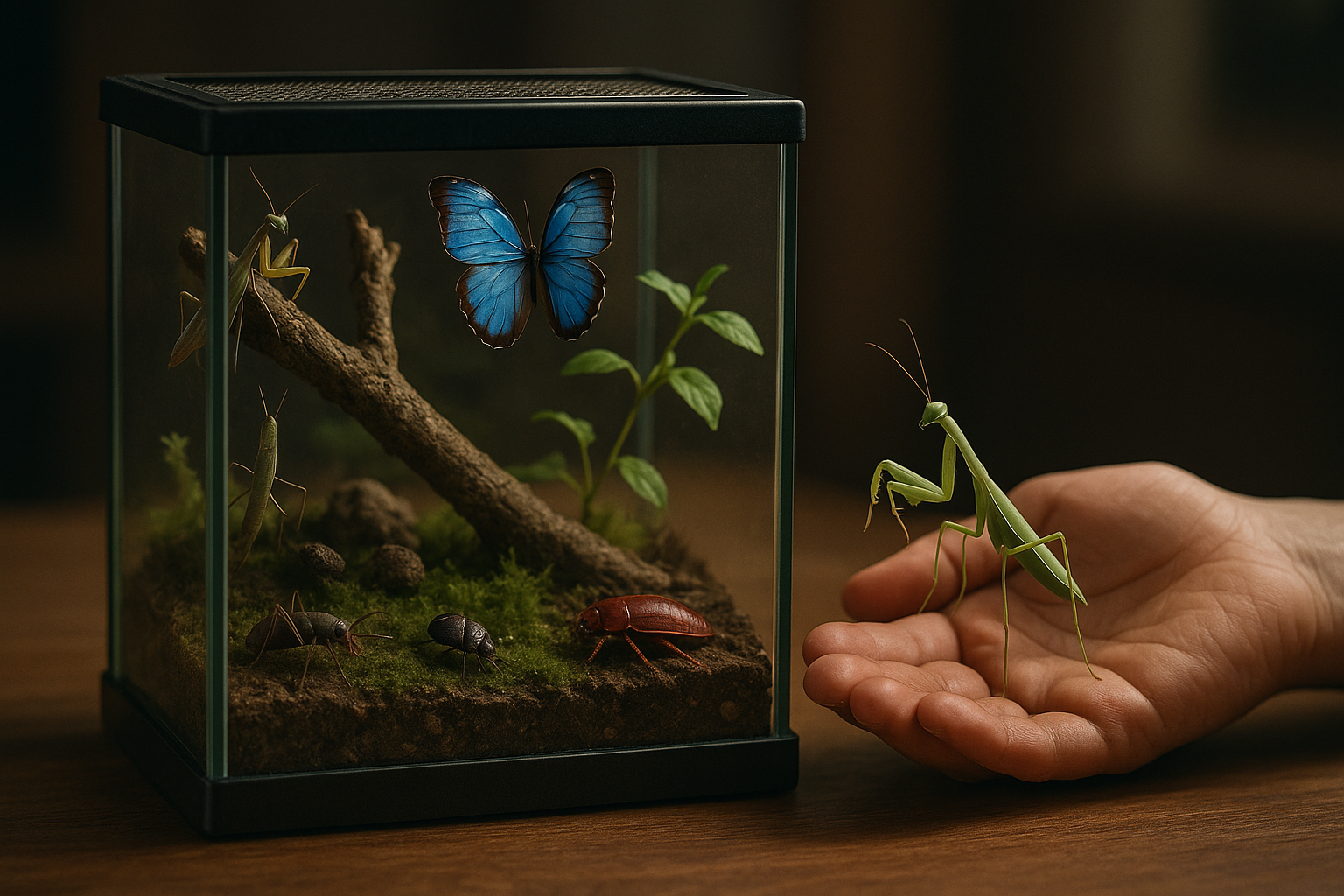Rediscovering the Allure of Truffle: A Culinary Gem
In the world of gastronomy, some ingredients are valued above others for their unique flavors, textures, and histories. Among these, truffles have managed to secure a revered spot, often described as a "culinary gem." This article will immerse you in the fascinating world of truffles, shedding light on their history, cultivation, uses, and the latest trends associated with them.

Truffle’s Rich History: A Tasty Timeline
Truffles have been a sought-after delicacy since ancient times. The Greeks and Romans used them for therapeutic purposes, while during the Middle Ages, they were shunned due to their peculiar appearance. It wasn’t until the Renaissance that truffles regained their culinary status and were once again highly prized in upscale kitchens.
The Hunt for the Hidden Gem: Truffle Cultivation
The cultivation of truffles is a unique process that involves a symbiotic relationship with the roots of certain trees. Truffle spores are inoculated onto the roots of these trees and grow underground for several years before they can be harvested. The most sought-after truffles – the black Périgord truffle and the Italian white truffle – are, surprisingly, some of the most challenging to cultivate.
Truffle in the Kitchen: From Classic to Contemporary
Truffles can transform any dish into a gastronomic experience. Traditional uses include shaving them over pasta, risotto, or eggs. However, contemporary chefs are getting creative, infusing truffles into oils, butters, and even honey, thereby widening the scope of truffle-flavored dishes.
Truffle Trends: Pushing the Culinary Boundaries
The culinary world is seeing a rising trend of truffle-infused beverages, from truffle martinis to truffle-infused coffee. Moreover, truffle-infused desserts, such as truffle ice cream and truffle chocolate, are gaining popularity, pushing the boundaries of truffle use.
The Future of Truffles: Sustainability and Beyond
Climate change poses a significant threat to truffle cultivation. Efforts are underway to develop sustainable truffle farming practices, ensuring the availability of this culinary gem for future generations. Furthermore, scientists are studying truffles for potential health benefits, opening up another exciting avenue for this prized ingredient.
-
Truffle Facts & Tips
-
Truffles are a type of fungi that grow in a symbiotic relationship with tree roots.
-
The most expensive truffle sold for $330,000.
-
Truffle dogs are used to sniff out ripe truffles.
-
The aroma of truffles is best preserved by storing them in a jar with eggs or rice.
-
Truffle oil is often artificially flavored and contains no real truffles.
-
In conclusion, truffles offer a unique culinary experience that extends far beyond their distinct flavor. Their rich history, unique cultivation process, diverse uses, and the emerging trends associated with them make them a truly fascinating ingredient. As we continue to explore the potentials of this culinary gem, there’s no doubt that truffles will continue to allure food enthusiasts worldwide.




